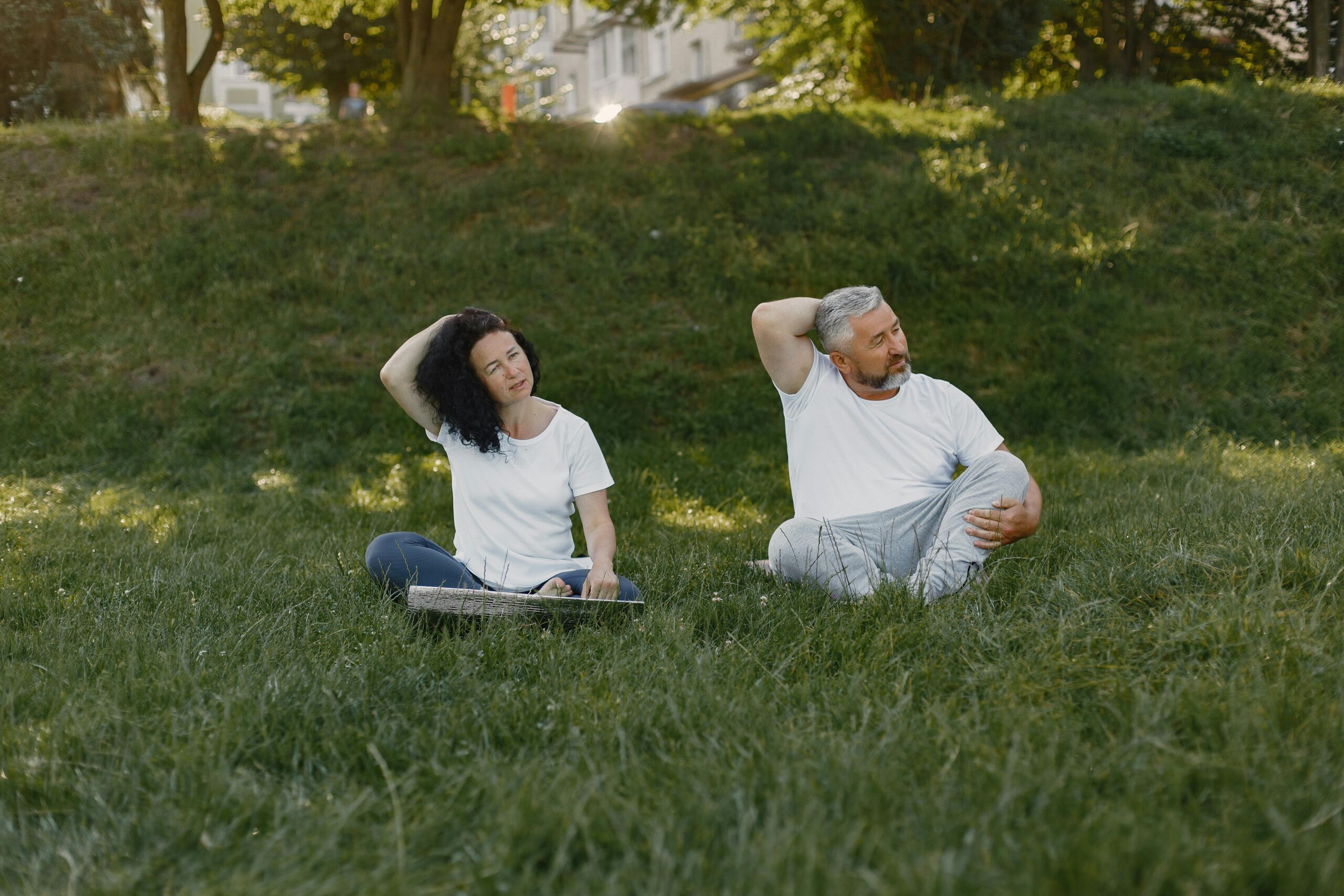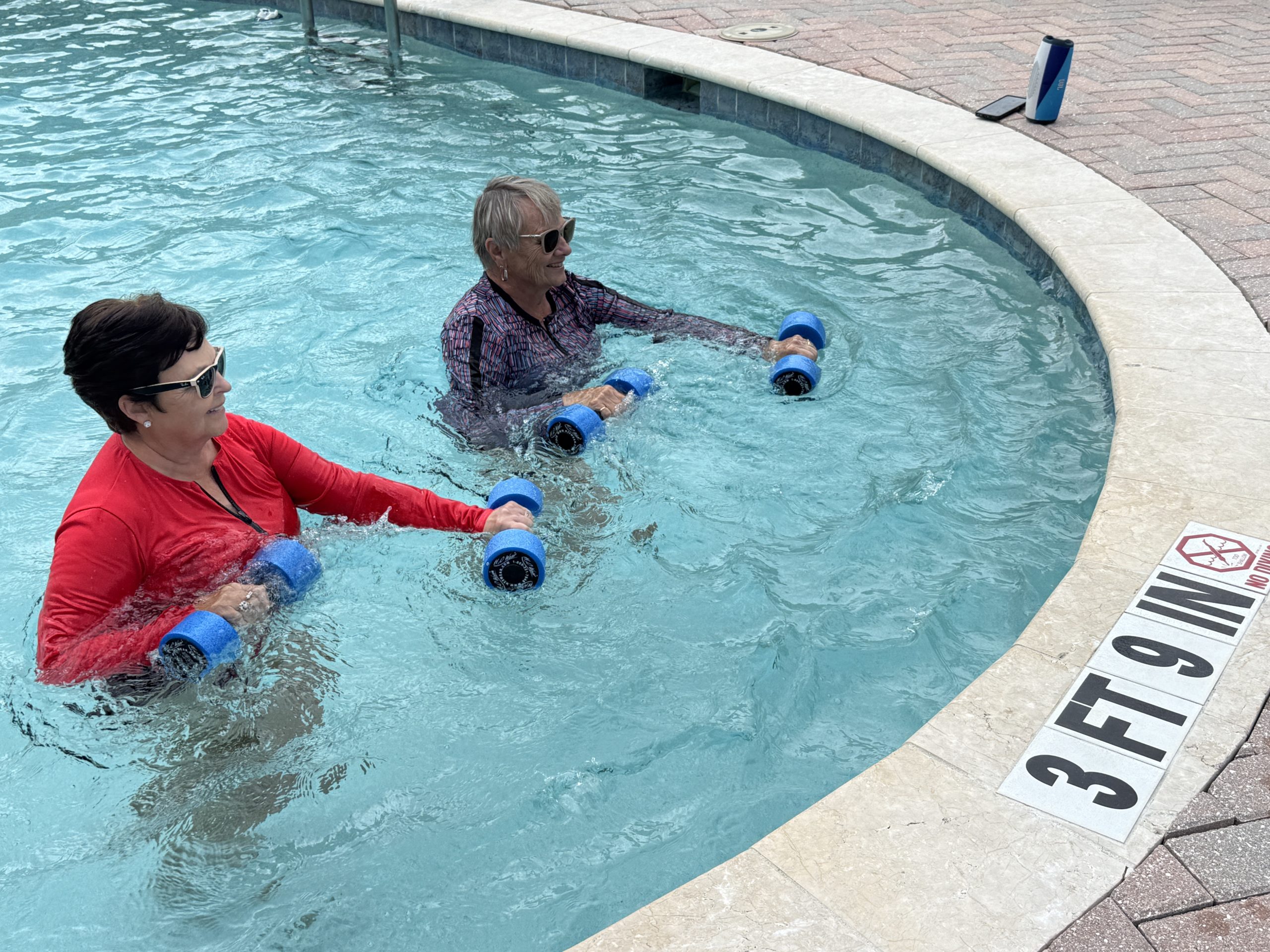Tired of nagging neck pain? If your neck feels stiff, tense, or sore by the end of the day, your posture may be part of the problem. The good news? You can start feeling better with a few simple posture adjustments and mobility exercises.
Let’s begin with a quick check-in.
Where is your head positioned right now?
If you’re looking down at your phone or screen, your neck could be carrying the equivalent weight of a small child—up to 60 pounds of pressure. That’s because while the human head weighs about 12 pounds in an upright position, tilting it forward dramatically increases the strain on your neck and upper spine.
If you’re looking for neck pain relief exercises that are simple, effective, and easy to fit into your routine, this daily mobility move is a great place to start.
Everyday Habits That Cause Neck Pain

Neck pain doesn’t usually come from one dramatic event. More often, it’s the result of small, repeated habits like:
Leaning forward over a smartphone or tablet
Sitting at a desk with a screen that’s too low or too far away
Slouching while driving or watching TV
Reading in bed without proper head or shoulder support
These positions place constant strain on the muscles and joints in your neck, shoulders, and upper back. Over time, that tension builds up—causing stiffness, headaches, and even nerve irritation.
Adding just a few minutes of neck mobility exercises into your day can help relieve this tension and improve how your body feels and moves.
Try This: The Clock Reach Exercise for Neck Pain Relief
One of the most effective exercises for neck tension is the Clock Reach. This move gently re-aligns posture, increases mobility, and reduces strain in the neck and shoulders.
Step-by-Step Instructions:
Start in a staggered stance:
Stand with your right foot forward in a gentle lunge.
Raise both arms straight in front of you at shoulder height.Clock Reach – Phase 1: Move your head with your arm
Keep your right arm still.
With your left arm, slowly reach from 12 o’clock to 6 o’clock, as if your arm were the hand of a clock.
Let your head follow your hand throughout the movement.
Phase 2: Pause your head at 9 o’clock
Repeat the same arm motion from 12 to 6.
This time, let your head follow partway and pause at 9 o’clock.
Phase 3: Keep your head still
Repeat the reach from 12 to 6, but now keep your head facing forward the entire time.
Do 3–5 reps of each phase. Then rest your arms, place your hands on your hips, and gently turn your head side to side.
You’ll likely notice less tension and better range of motion almost immediately.
Then, switch sides:
Stand with your left foot forward and repeat the exercise using your right arm.
Why Daily Movement Helps Relieve Neck Pain

Whether your neck pain is mild or persistent, regular movement is key to long-term relief. These gentle, focused exercises help:
Release built-up tension
Improve posture
Restore mobility
Prevent more serious issues over time
It only takes a few minutes a day to start feeling better.
Ready for More Neck Pain Relief?
Want to keep the relief going? The Clock Reach is just one move from our Neck & Shoulder Mobility Workout, part of the Everyday Mobility Program inside Wavemakers®.
Join us for water-based workouts and functional movement routines that help you feel better—without pain or strain.
Not a member yet?
Click here to join Wavemakers and start feeling the difference today.
